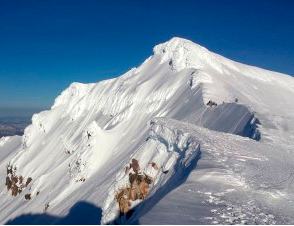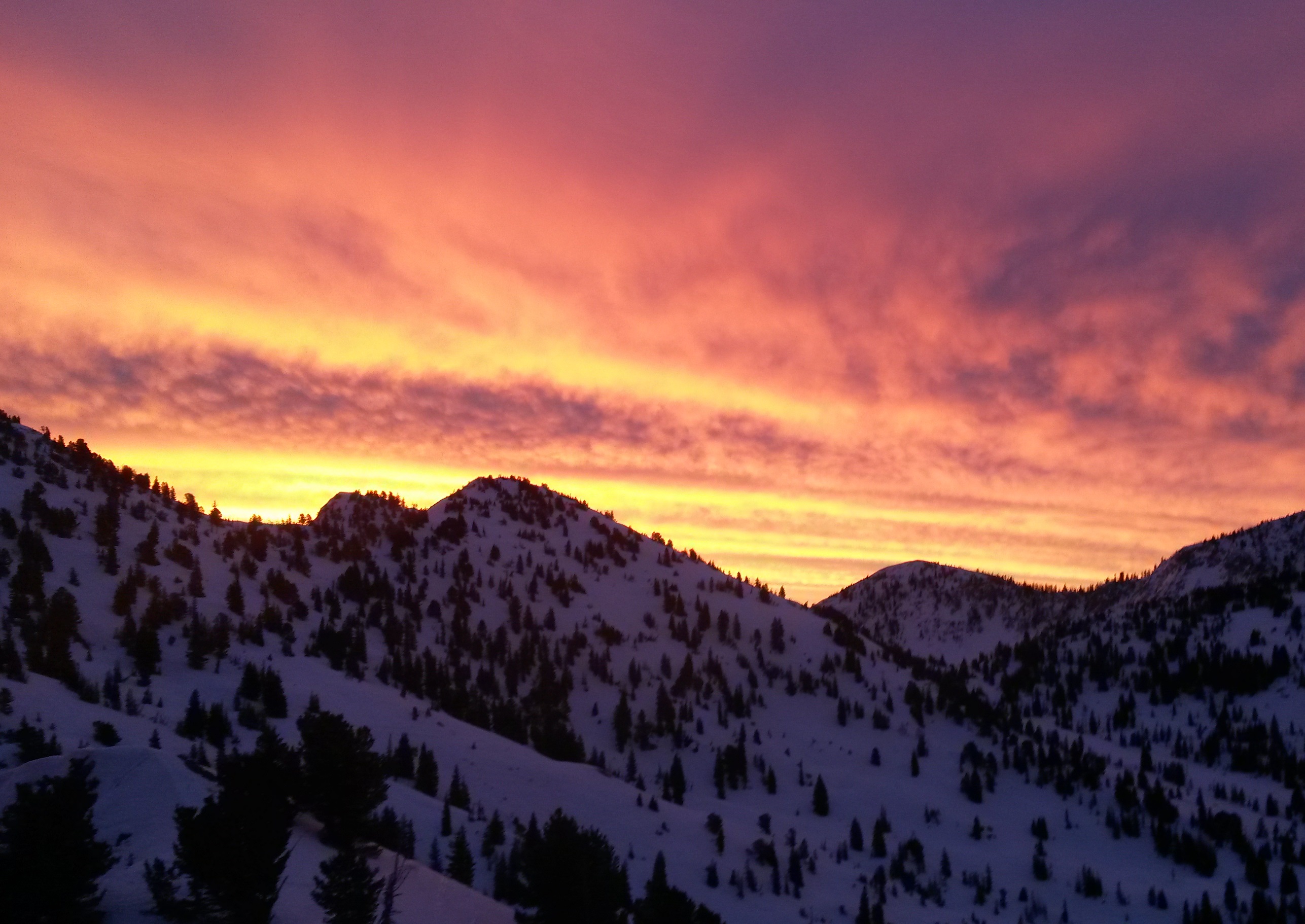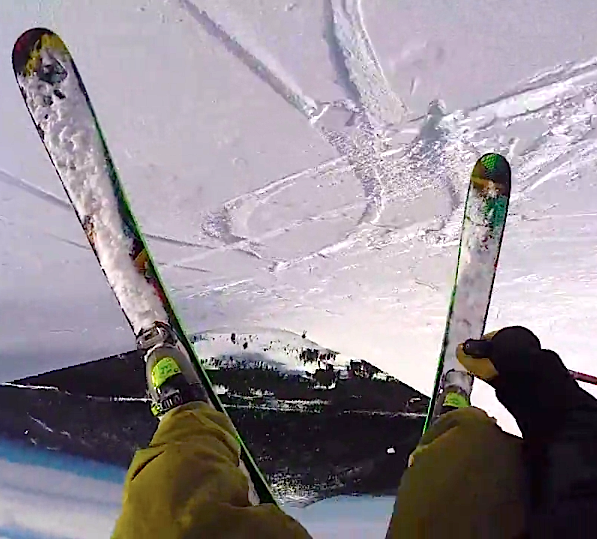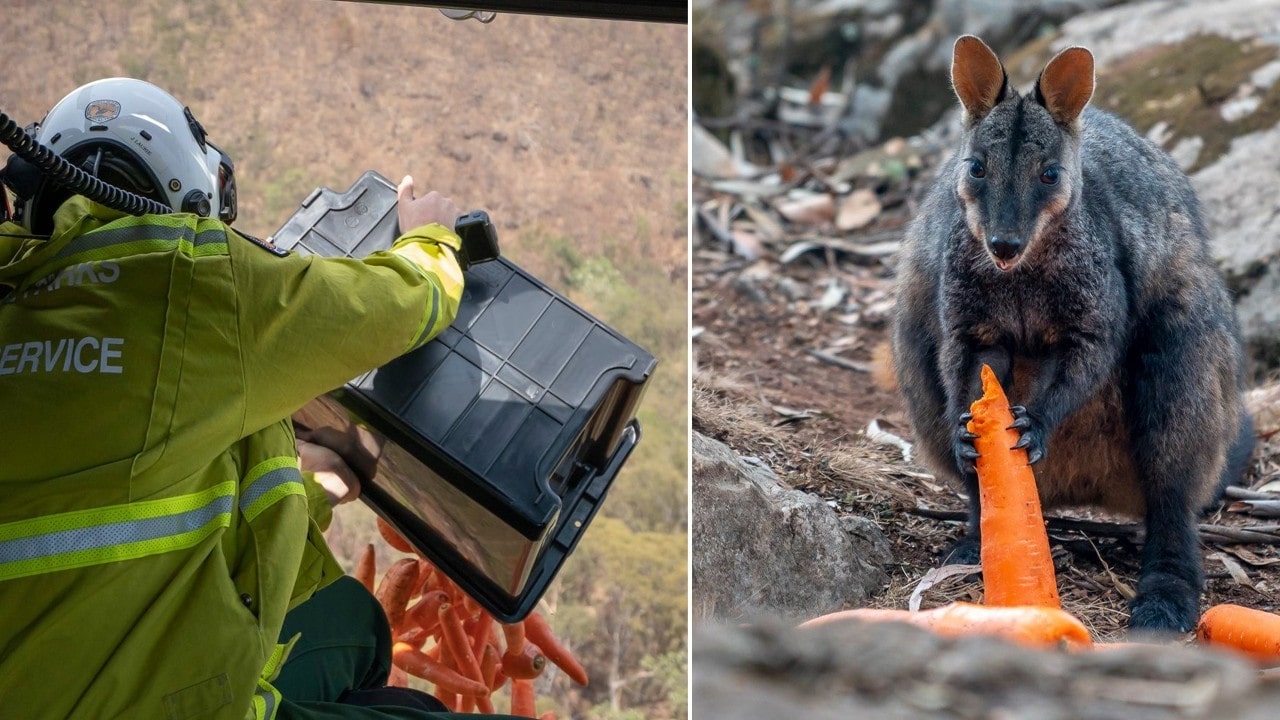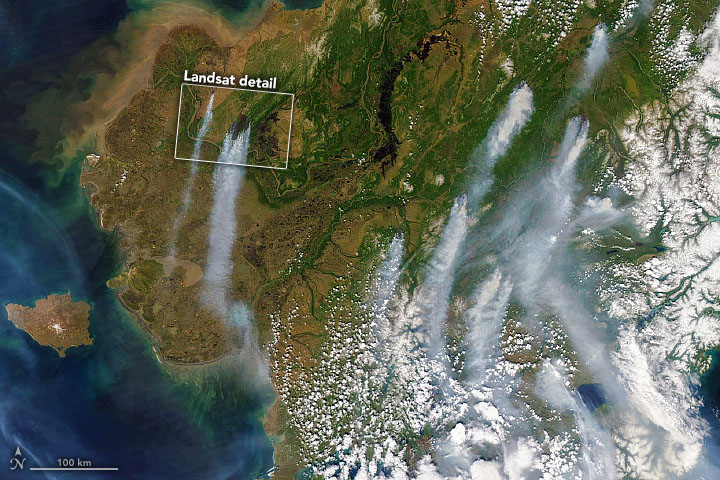
This article originally appeared on nasa.gov
On June 4–5, 2022, thunderstorms moved across south-central and southwest Alaska, delivering nearly 5,000 lightning strikes and igniting dozens of wildfires. It was the latest outbreak in an unusually active fire season so far.
As of June 14, 2022, there were 85 active fires burning across the state. More than half of them were burning in southwest Alaska, which is shown in a natural-color image (above) acquired on June 10, 2022, by the Moderate Resolution Imaging Spectroradiometer (MODIS) on NASA’s Aqua satellite.
In the Yukon Delta, the East Fork fire has become the largest tundra fire on record. Ignited on May 31 by a lightning strike, it has burned more than 150,000 acres along the Yukon River north of the village of St. Mary’s.
In the detailed image below, acquired by the Operational Land Imager (OLI) on Landsat 8, smoke is billowing from the East Fork fire and the Apoon Pass fire, which has burned about 15,000 acres.
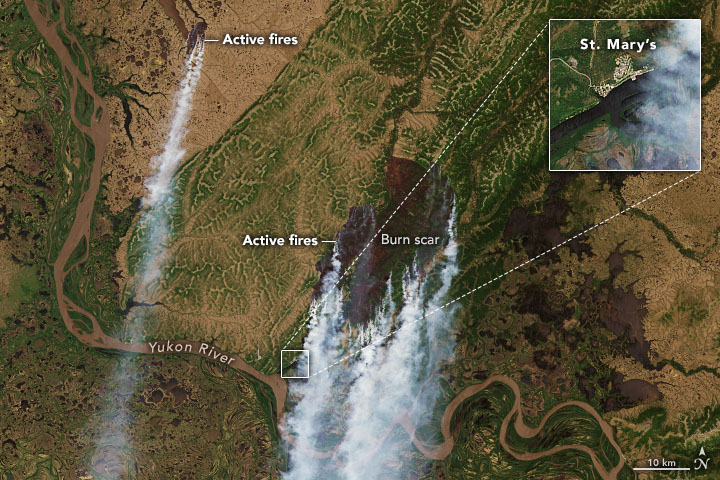
Northerly winds drove the East Fork fire within about 3.5 miles (6 kilometers) of the village of St. Mary’s. Although no mandatory evacuation orders were issued, residents of St. Mary’s, and the nearby Yukon River villages of Mountain Village, Pitkas Point, and Pilot Station—all of which can be reached only by boat or plane—were encouraged to voluntarily relocate.
On June 13, the wind shifted and allowed firefighters to attack the western edge of the fire. The firefighters were supported by “scooper” aircraft dropping water, and by drones dropping ping-pong sized plastic balls that ignite to burn vegetation and create fire breaks.
To the east, the Hog Butte fire has so far burned about 58,000 acres about 125 miles (200 kilometers) west of Denali National Park. On June 11, 2022, the Hog Butte fire spawned a pyrocumulonimbus cloud (pyroCb) that reached an altitude of about 6 miles (10 kilometers). It was the first pyroCb over Alaska in two years.
According to a report from the Alaska Interagency Coordination Center, by mid-June this year, 250 wildfires had already burned more than 770,000 acres, not counting prescribed burns. That is already more than the 30-year median of 600,000 acres burned during the entire wildfire season, noted Rick Thoman, a climate specialist at the Alaska Center for Climate Assessment & Policy and the International Arctic Research Center at the University of Alaska Fairbanks. Over the last 30 years, the median area burned by mid-June has been about 50,000 acres.
Smoke from the wildfires drifted over the Alaska Range into Anchorage and northeast across the state causing reduced visibility and poor air quality.
NASA Earth Observatory images by Joshua Stevens, using Landsat data from the U.S. Geological Survey and MODIS data from NASA EOSDIS LANCE and GIBS/Worldview. Story by Sara E. Pratt.

